
Ever feel like your travel dreams are getting crushed by brutal exchange rates and inflated prices? The truth is—you don’t need deep pockets to live richly.
There are still places in this world where a simple meal tastes like luxury, sunsets feel private, and a modest budget stretches further than you thought possible. This isn’t about scraping by—it’s about traveling smarter, deeper, and better.
We’ve uncovered the spots where your dollar doesn’t just survive—it thrives. Some are coastal, some tucked in the hills, all are wildly underrated. Go now—before everyone else finds out what you’ve just stumbled onto.
1. Valparaíso, Chile

Wander through the steep, mural-covered streets of Valparaíso, and you’ll start to feel like your dollars (or pesos) suddenly got a raise. This bohemian coastal city, long overshadowed by Santiago, is where artists, expats, and travelers in the know go when they want stunning Pacific views, creative energy, and insanely affordable food and lodging. Budget travelers often find charming apartments on the hills for less than the price of a hostel bed in Europe, and ceviche so fresh and cheap it feels like you’re cheating the system.
The city’s faded grandeur is part of its appeal. Once a major port, Valparaíso reinvented itself as a cultural mecca full of color, character, and music echoing from every corner. Ride the ancient funiculars, explore tucked-away galleries, or sip a $2 local wine while watching ships roll in from your Airbnb balcony—you’ll get luxury views without luxury prices.
Local transport is cheap, street food is delicious, and even day trips to nearby Viña del Mar or the Casablanca wine valley are budget-friendly. Best of all? It doesn’t feel like a tourist trap yet. You’ll share the views with locals, not selfie sticks.
Quick Facts:
- Best months to visit: October to April (dry, sunny, and festive)
- Currency: Chilean Peso (CLP)
- Average daily cost: $30–$45 (meals, local transport, and lodging)
- What makes your budget stretch: Inexpensive fresh seafood, affordable guesthouses, and low-cost wine tastings
- Insider Tip: Skip the hotels—Airbnbs in the hills offer better views, prices, and authentic local vibes
2. Ohrid, North Macedonia
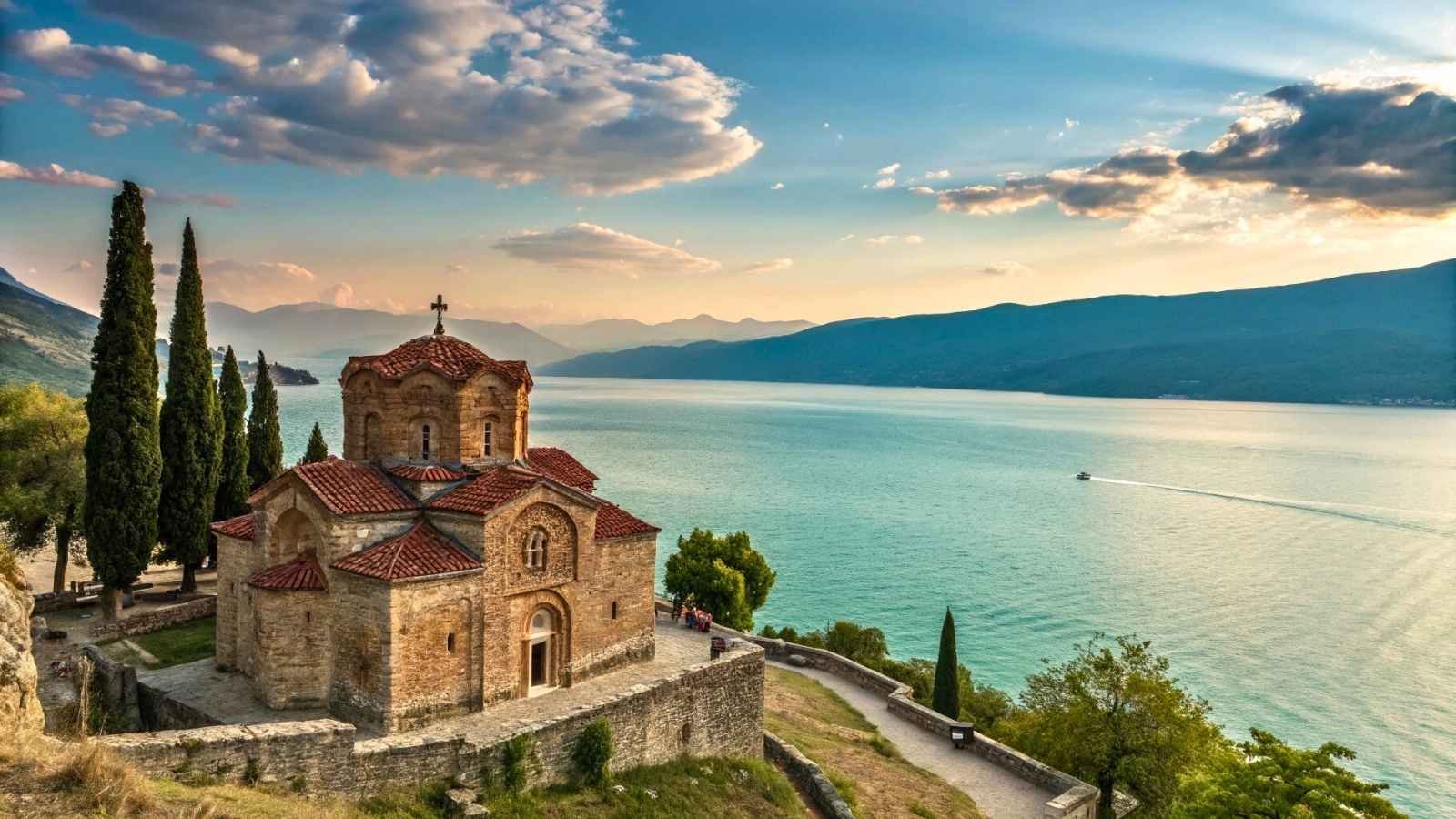
If there were ever a place that feels like Lake Como got lost in Eastern Europe and forgot to raise its prices, it’s Ohrid. This lakeside town is straight out of a storybook, with cobbled lanes, Byzantine churches, and water so clear it could pass for the Caribbean on a sunny day. Yet somehow, Ohrid remains wildly underpriced, especially compared to neighboring destinations in Greece or Croatia.
You can dine on whole grilled fish and local wine by the water’s edge for under $10. Boutique hotels with lake views go for the cost of a shared dorm in Western Europe. And sightseeing? Most of the magic is free—sunsets over the Church of St. John at Kaneo, morning walks along the cliffside trails, or swims in the crystalline lake.
Ohrid isn’t just beautiful—it’s peaceful. It feels like a place stuck in time, but in the best way. You won’t need to elbow your way through crowds, and your wallet will thank you every step of the way.
Quick Facts:
- Best months to visit: May to September (warm weather and swimming season)
- Currency: Macedonian Denar (MKD)
- Average daily cost: $25–$40
- What makes your budget stretch: Lakeside meals, cheap intercity buses, and historical attractions with low entrance fees
- Insider Tip: The best sunsets are seen from the boardwalk near Kaneo—no entry ticket needed, just a glass of local rakija in hand
3. Hoi An, Vietnam

Hoi An is that rare place where the word “magical” doesn’t feel like an exaggeration. Every evening, the ancient town glows with thousands of colorful lanterns, lighting up cobblestone streets lined with mustard-yellow colonial buildings and temples. And while the visuals feel expensive, your budget goes way further than you’d expect here.
Food lovers will be in heaven—you can eat like royalty on $10 a day. Think: steaming bowls of cao lầu noodles, fresh banh mi from street carts, and herbal teas at riverfront cafes. Tailor shops still custom-make suits for a fraction of what you’d pay anywhere else, and bike rentals to nearby rice fields or An Bang beach cost less than a cup of coffee.
What makes Hoi An truly special is its atmosphere. It’s not just a “cheap destination,” it’s a place that feels handcrafted for slow, joyful living. And while tourists do come, it’s still possible to beat the crowds by exploring early in the day or heading out to nearby villages.
Quick Facts:
- Best months to visit: February to April (dry and cooler weather)
- Currency: Vietnamese Dong (VND)
- Average daily cost: $20–$35
- What makes your budget stretch: Dirt-cheap street food, custom clothing for under $50, and low-cost boutique stays
- Insider Tip: Skip the main markets and head to Tra Que village for cooking classes and meals with local families
4. Gjirokastër, Albania
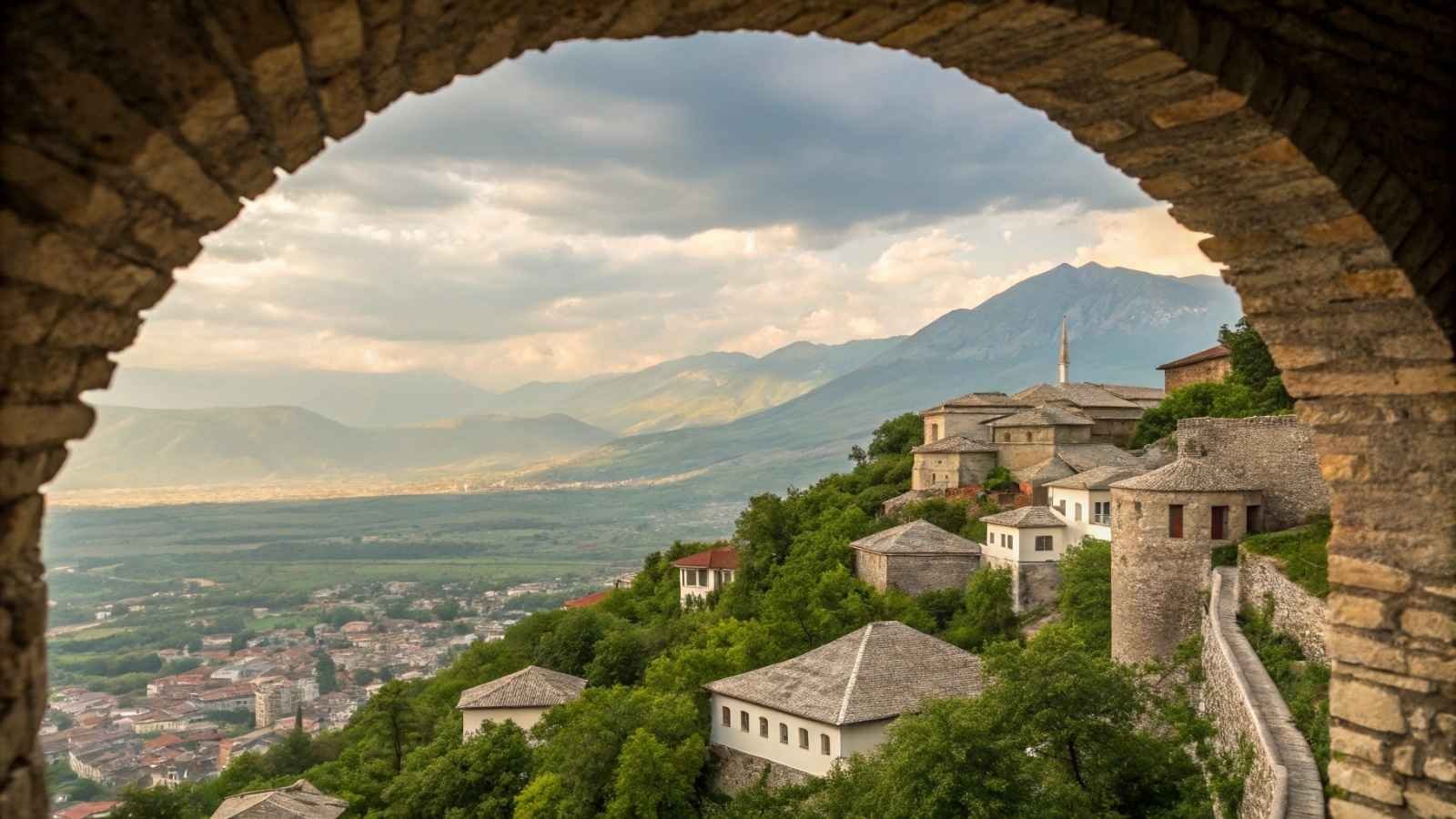
Tucked in the hills of southern Albania, Gjirokastër is a UNESCO-listed town with Ottoman-style stone homes, fortress views, and a price tag stuck two decades in the past. While much of Europe leans toward costly, Gjirokastër offers authentic history, warm hospitality, and breathtaking scenery for what feels like pocket change.
Accommodations in historic guesthouses—many restored with wood-beamed ceilings and shaded courtyards—often include breakfast, all for under $30 a night. Meals of grilled meats, fresh feta salads, and local wine run under $8. Even entry into the castle, complete with panoramic mountain views and vintage tanks, barely dents your wallet.
But what makes Gjirokastër a steal isn’t just affordability—it’s the fact that you’re experiencing something untouched by mass tourism. It’s a place where kids still play in the alleys, grandmothers sell preserves from their doors, and the rhythm of daily life moves slower than the rest of the continent.
Quick Facts:
- Best months to visit: April to June and September to October (pleasant weather without the heat)
- Currency: Albanian Lek (ALL)
- Average daily cost: $25–$40
- What makes your budget stretch: Ultra-affordable lodging, free walking trails, and low-cost traditional meals
- Insider Tip: Visit during the Gjirokastër Folk Festival (held every few years) for a cultural experience that costs next to nothing
5. La Paz, Bolivia

La Paz isn’t just high in altitude—it’s high on value. At over 11,000 feet above sea level, Bolivia’s administrative capital is one of the world’s most dramatic cities, boasting rugged mountain views, vibrant markets, and prices that seem frozen in time. For travelers who want an affordable adventure that doesn’t compromise on cultural richness, this is the jackpot.
The city sprawls through a massive canyon, and its neighborhoods are linked by cable cars—the most scenic and possibly cheapest public transit system you’ll ever use. Meals, including llama steak, salteñas, and quinoa soup, cost under $5. Tours to nearby salt flats, moon valleys, or jungle outposts are not only bucket-list worthy—they’re shockingly affordable compared to other South American tours.
La Paz also offers that gritty, electric feeling of a city in motion. You’re not just seeing it—you’re part of it. And when you tally up your trip costs, you’ll realize you spent less than you would on a weekend in most Western cities.
Quick Facts:
- Best months to visit: May to October (dry season and clearer skies)
- Currency: Boliviano (BOB)
- Average daily cost: $20–$35
- What makes your budget stretch: Cheap intercity transport, local eateries, and low-cost excursions
- Insider Tip: Use the Mi Teleférico cable cars as a budget sightseeing tour—unbeatable views for less than $1
6. Tbilisi, Georgia
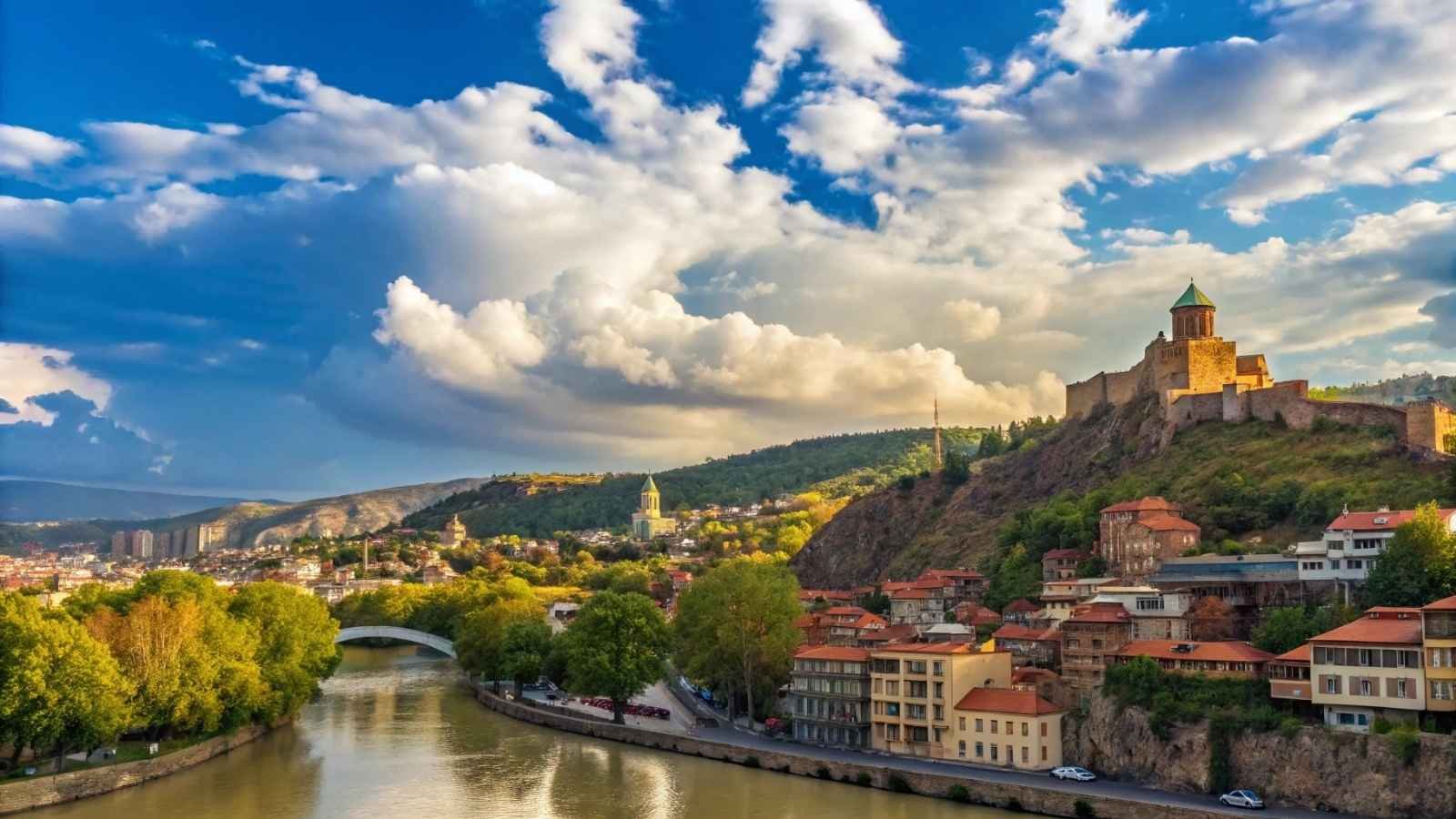
Tbilisi has that effortless cool that cities try to manufacture—but here, it’s completely organic. Sitting at the crossroads of Europe and Asia, this capital feels like the lovechild of Paris and Istanbul—but wildly cheaper. Cafés pour $2 lattes in former Soviet buildings, wine bars serve vintages older than your passport, and boutique hotels charge under $40 a night without blinking.
What stretches your budget is how Tbilisi gives you both a rich historical experience and a buzzing modern vibe. Wander Old Town’s winding alleys, soak in sulfur baths, then head to the futuristic Peace Bridge or a rooftop with sweeping river views. You’re constantly toggling between centuries, and your wallet barely notices.
And then there’s the food: cheesy khachapuri, dumpling-like khinkali, and glasses of qvevri wine—all delicious, all shockingly cheap. Georgia’s hospitality is legendary, and in Tbilisi, you’ll feel both spoiled and smart for getting here before the masses.
Quick Facts:
- Best months to visit: May to June or September to October (mild weather and fewer tourists)
- Currency: Georgian Lari (GEL)
- Average daily cost: $25–$45
- What makes your budget stretch: Hearty, low-cost meals, free historic sites, and metro rides for under $0.25
- Insider Tip: Head to Fabrika—a converted Soviet sewing factory that’s now the city’s creative hub, full of affordable hostels, bars, and art spaces
7. Bishkek, Kyrgyzstan
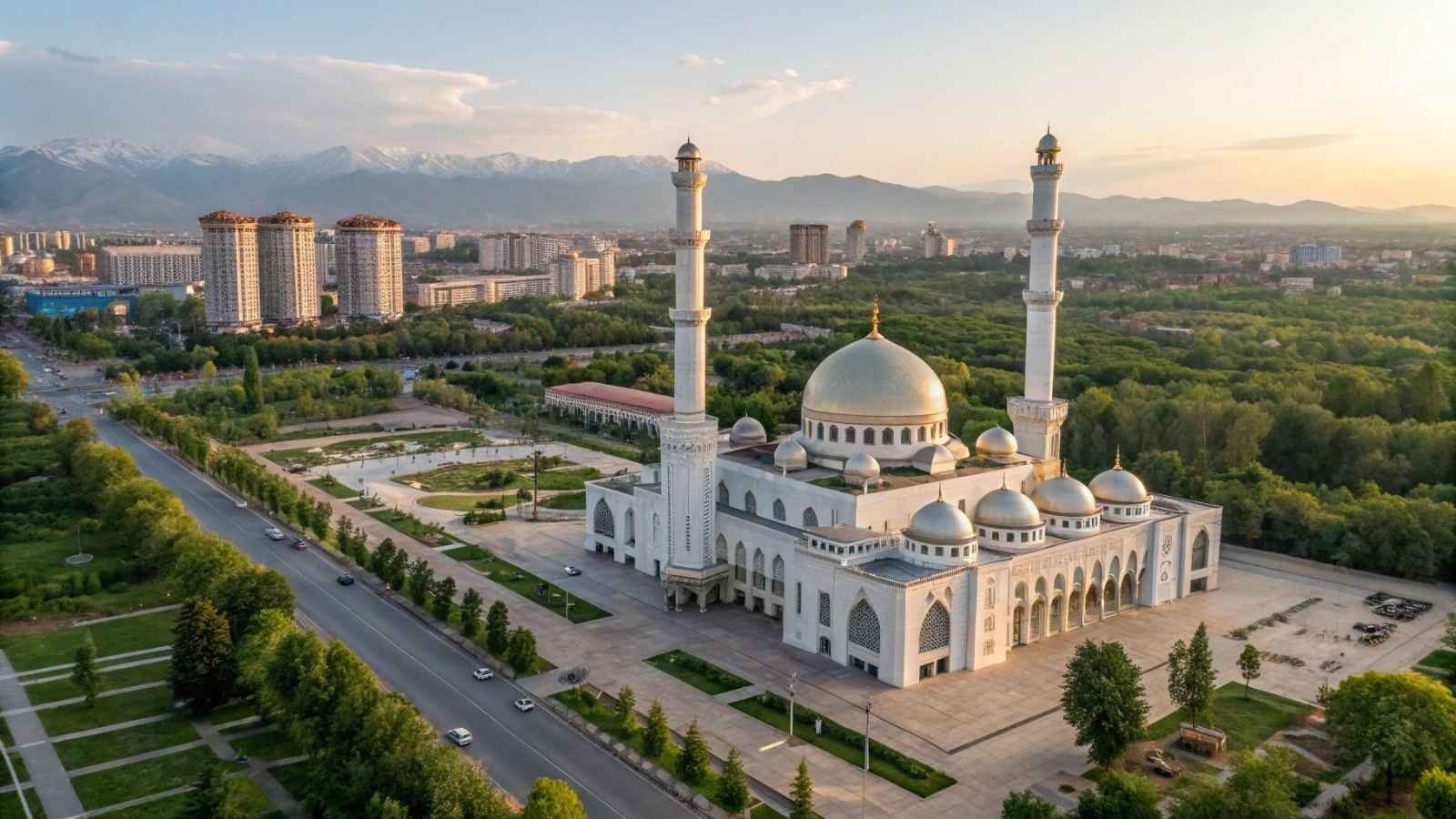
Bishkek might not be on your radar yet—but if you’re looking for a place where nature, culture, and absurd affordability collide, this is it. Kyrgyzstan’s capital is a laid-back launchpad for alpine adventures, with a Soviet-era charm and a serious bang for your buck.
Here, $1.50 can get you a filling plate of plov or laghman noodles. A clean, centrally located guesthouse? Around $20–$25 a night. The real bonus is that most of the country’s bucket-list experiences—trekking, horse riding, yurt stays—are also low-cost compared to anywhere else offering the same rugged beauty.
While the city itself has leafy boulevards, quirky statues, and cheap markets to explore, the real steal is its proximity to places like Ala-Archa National Park. In less than an hour, you can swap traffic for wildflowers and glacier-fed streams. You don’t need a big budget to feel epic in Bishkek.
Quick Facts:
- Best months to visit: June to September (for mountain access and festivals)
- Currency: Kyrgyzstani Som (KGS)
- Average daily cost: $20–$35
- What makes your budget stretch: Dirt-cheap transport, filling local food, and free or low-fee hikes
- Insider Tip: Use shared marshrutkas (minivans) for budget travel around the country—just a couple of dollars gets you far
8. Melaka, Malaysia
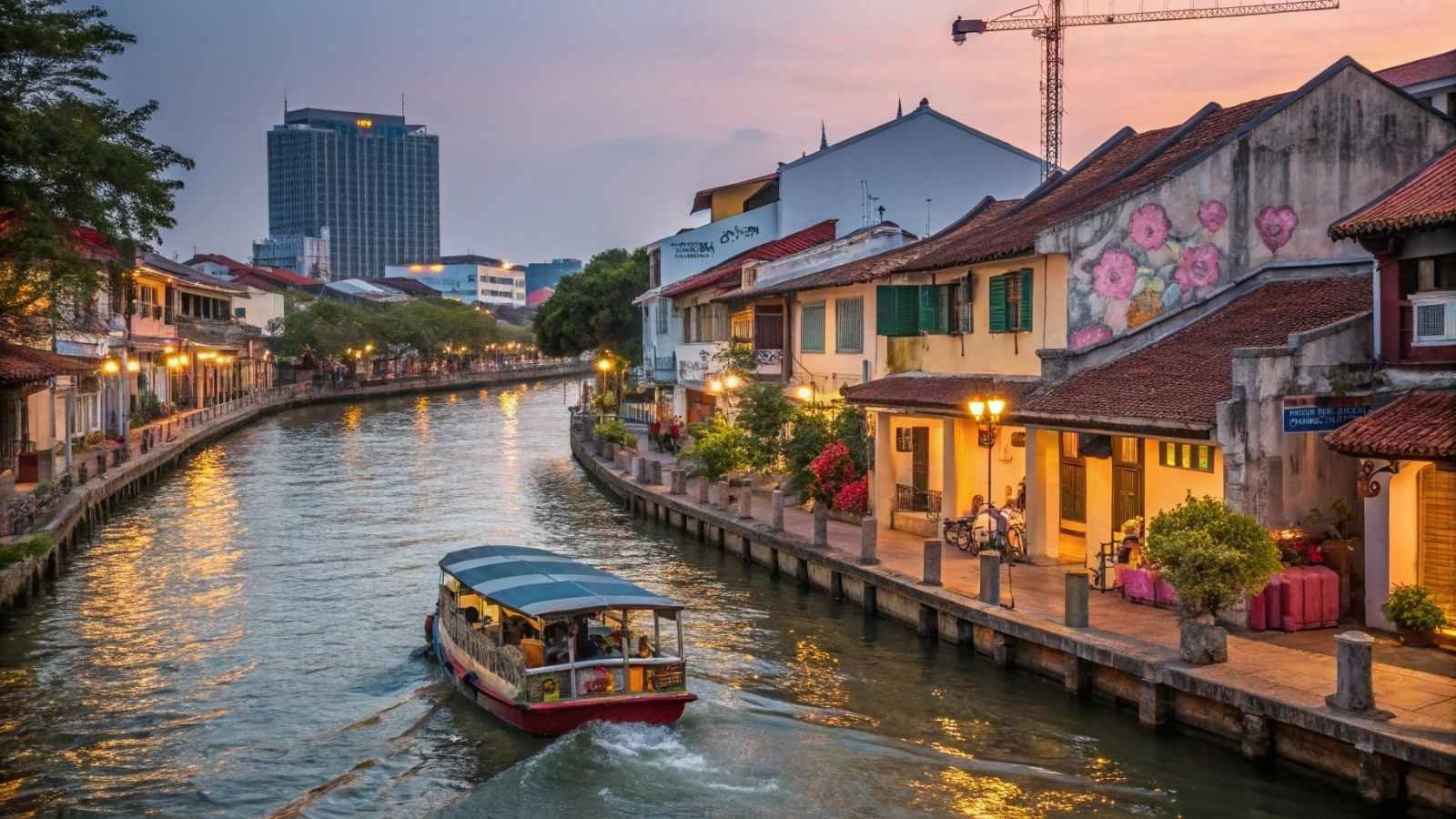
Melaka isn’t just one of Malaysia’s oldest cities—it’s one of its most flavorful, colorful, and wallet-friendly. Located along the historic Straits of Malacca, this UNESCO World Heritage site blends Dutch, Portuguese, British, Malay, and Chinese influences—all wrapped into a compact, walkable, and super-affordable city.
Melaka’s vibrant night markets are packed with $1 skewers, icy desserts, and street performers. Riverside cafés and boutique hostels often cost half of what you’d pay in Kuala Lumpur. And with many of the museums and colonial-era sites charging just a few dollars (or nothing at all), you can deep dive into culture without dipping into your emergency fund.
This place shines especially after dark. Lanterns light the riverwalk, Jonker Street fills with sizzling food stalls, and you can ride a neon-lit trishaw blasting pop music through the Old Town for just a few bucks. It’s fun, funky, and surprisingly under-the-radar.
Quick Facts:
- Best months to visit: January to March or June to August (less rainfall)
- Currency: Malaysian Ringgit (MYR)
- Average daily cost: $20–$35
- What makes your budget stretch: Low-cost street eats, cheap lodgings, and free historical walking routes
- Insider Tip: Stay near the river—sunset views + affordability = perfect combo
9. Antalya (Old Town), Turkey
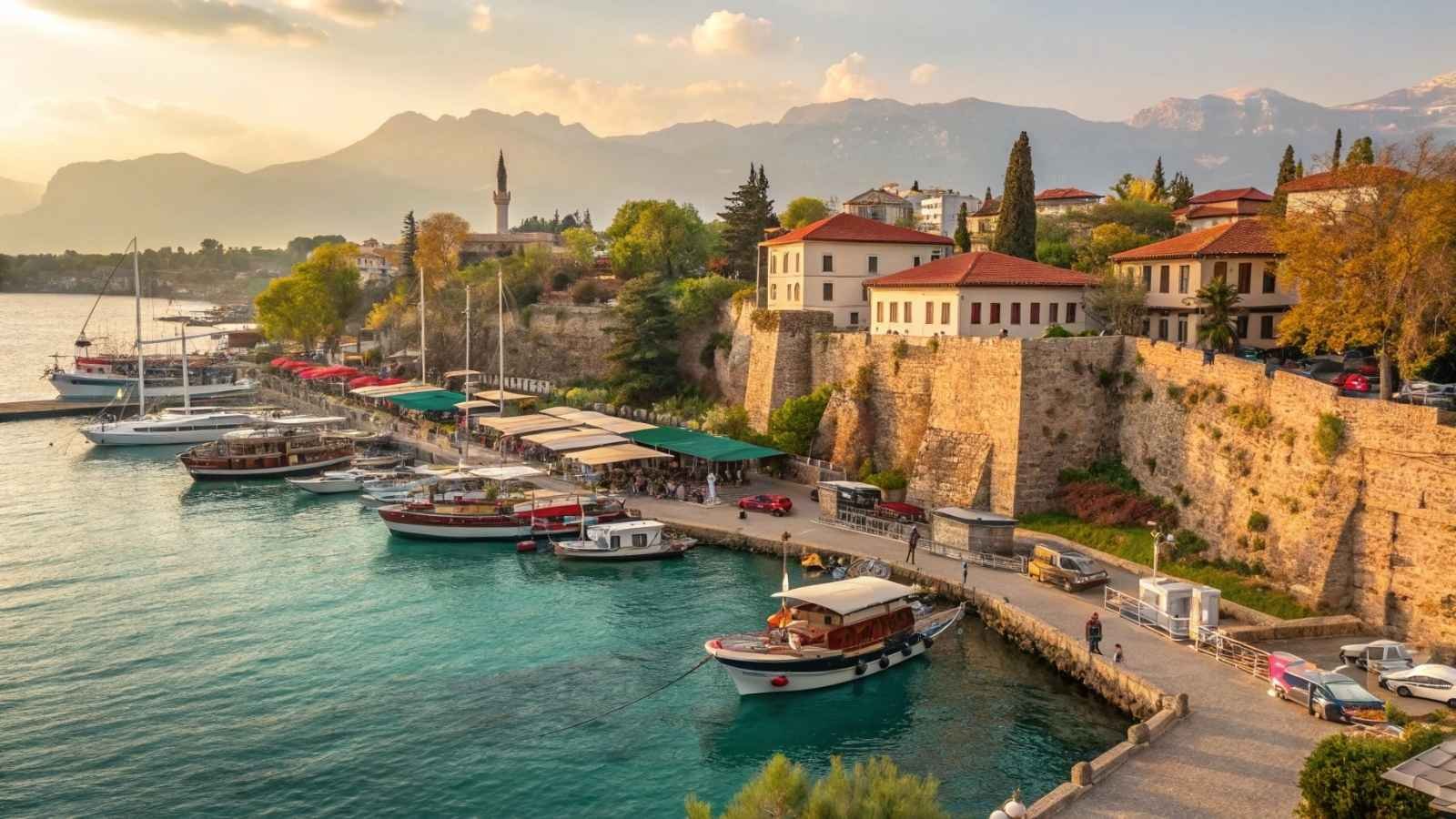
Most people know Antalya for its big resorts, but the real secret lies in its Old Town (Kaleiçi)—a Mediterranean gem where Ottoman mansions, cobbled alleys, and seaside cafés collide in glorious, budget-friendly harmony. It’s the kind of place where even budget travelers can live like they’re in a lifestyle magazine.
For under $40 a night, you can snag a room in a beautifully restored guesthouse with bougainvillea cascading down the walls. Meals of meze, grilled fish, and baklava cost a fraction of what you’d pay in nearby Europe. And swimming in turquoise waters beneath Roman ruins? That’s completely free.
You’re also in a perfect spot to take minibuses to hidden beaches, waterfalls, or ancient Lycian cities—all for a few lira. The value here is outrageous, and yet the crowds still tend to gather elsewhere on the Turkish coast.
Quick Facts:
- Best months to visit: April to June or September to November (warm but not scorching)
- Currency: Turkish Lira (TRY)
- Average daily cost: $25–$40
- What makes your budget stretch: Affordable boutique stays, low-cost Turkish food, and free beach access
- Insider Tip: Skip the beach clubs—walk a little further and you’ll find gorgeous coves with no entrance fees
10. Lviv, Ukraine

Lviv is one of Europe’s most atmospheric cities, and right now, it’s also one of the most affordable, even amid the challenges Ukraine is facing. This Western Ukrainian city remains a beacon of culture, resilience, and beauty, offering travelers a deeply rewarding experience without the usual price tag.
Cobblestone streets wind through baroque architecture and secret cafés. Coffee shops, jazz clubs, and underground bars thrive, most charging less than you’d pay for a croissant in Paris. And boutique hotels or stylish Airbnbs often go for under $30 a night.
There’s something poetic about Lviv. It feels romantic, real, and grounded in history—but also full of life. While Ukraine’s situation remains dynamic, Lviv continues to welcome visitors, and the value it offers is unmatched for those seeking something different, meaningful, and deeply human.
Quick Facts:
- Best months to visit: May to September (warm and lively)
- Currency: Ukrainian Hryvnia (UAH)
- Average daily cost: $20–$35
- What makes your budget stretch: Exceptionally cheap food and drinks, budget-friendly transport, and affordable central stays
- Insider Tip: Check out Lviv’s themed bars—from masquerade clubs to WWI bunkers, they’re quirky, affordable, and unforgettable
11. Lago de Atitlán, Guatemala
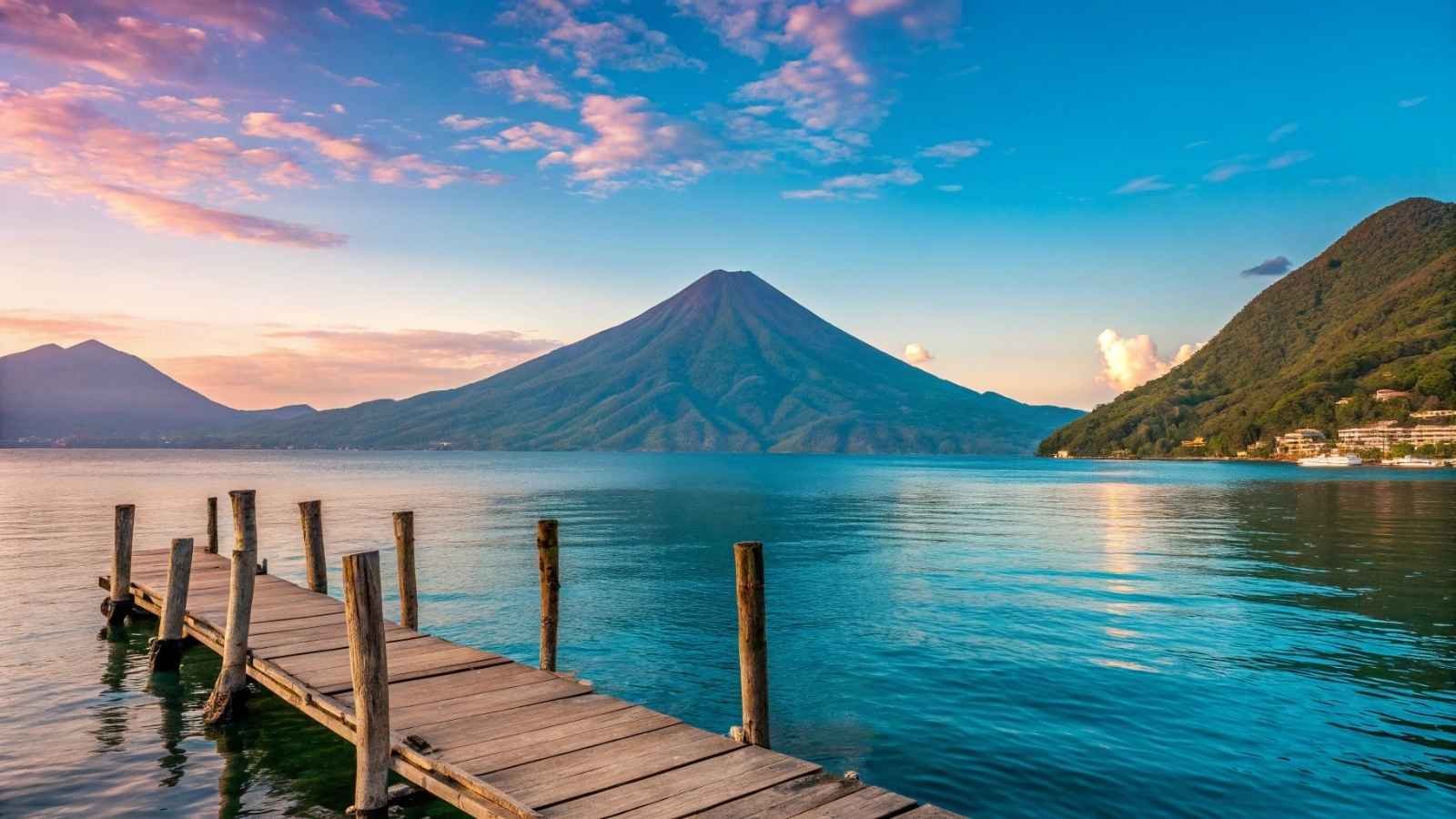
Tucked into the Guatemalan highlands like a secret whispered by volcanoes, Lake Atitlán is both surreal and shockingly affordable. It’s surrounded by a ring of indigenous villages, each with its personality—San Marcos for yoga lovers, San Pedro for backpackers, and Santa Cruz for slow-living purists.
This place isn’t flashy, but that’s the point. You get lakeside cabins, volcano hikes, and handwoven textiles for less than a fast-food meal back home. Local boats ferry you between villages for just a few quetzales, and organic meals at lakeside cafés often cost under $5.
And if you’re a remote worker or long-term traveler? Atitlán’s quiet rhythms and epic views are the kind of setting that turns a short visit into a soul-resetting stay. Just don’t be surprised if you end up extending “just one more week”… over and over again.
Quick Facts:
- Best months to visit: November to April (dry season)
- Currency: Guatemalan Quetzal (GTQ)
- Average daily cost: $20–$35
- What makes your budget stretch: Affordable lakeside lodging, low-cost transport, and dirt-cheap village eats
- Insider Tip: Head to San Juan for handmade crafts that support local families—and cost half what you’d pay in markets elsewhere
12. Da Lat, Vietnam

Ever wanted to escape to a place where the air smells like pine, the weather feels like spring all year, and strawberries grow on every hillside—but your wallet barely notices? Welcome to Da Lat. This highland city in southern Vietnam is a beloved local getaway that most international travelers overlook. Their loss.
Da Lat is where kitsch meets serenity. There’s a surreal theme park in a French château, a maze of cafés hidden in flower gardens, and waterfalls so dramatic they look CGI’d into real life. You can explore all this on a rented scooter for a few dollars, and a night in a whimsical homestay rarely tops $25.
But Da Lat’s real gift is its calm. It’s the kind of place where time softens, prices stay low, and every corner offers something a little odd, a little charming—and worth the ride up into the clouds.
Quick Facts:
- Best months to visit: December to March (cool, dry, and flower-filled)
- Currency: Vietnamese Dong (VND)
- Average daily cost: $20–$30
- What makes your budget stretch: Low-cost meals, scooter rentals, and quirky but affordable accommodations
- Insider Tip: Visit the Crazy House—an architectural fever dream that doubles as a super-budget guesthouse
13. Cuenca, Ecuador
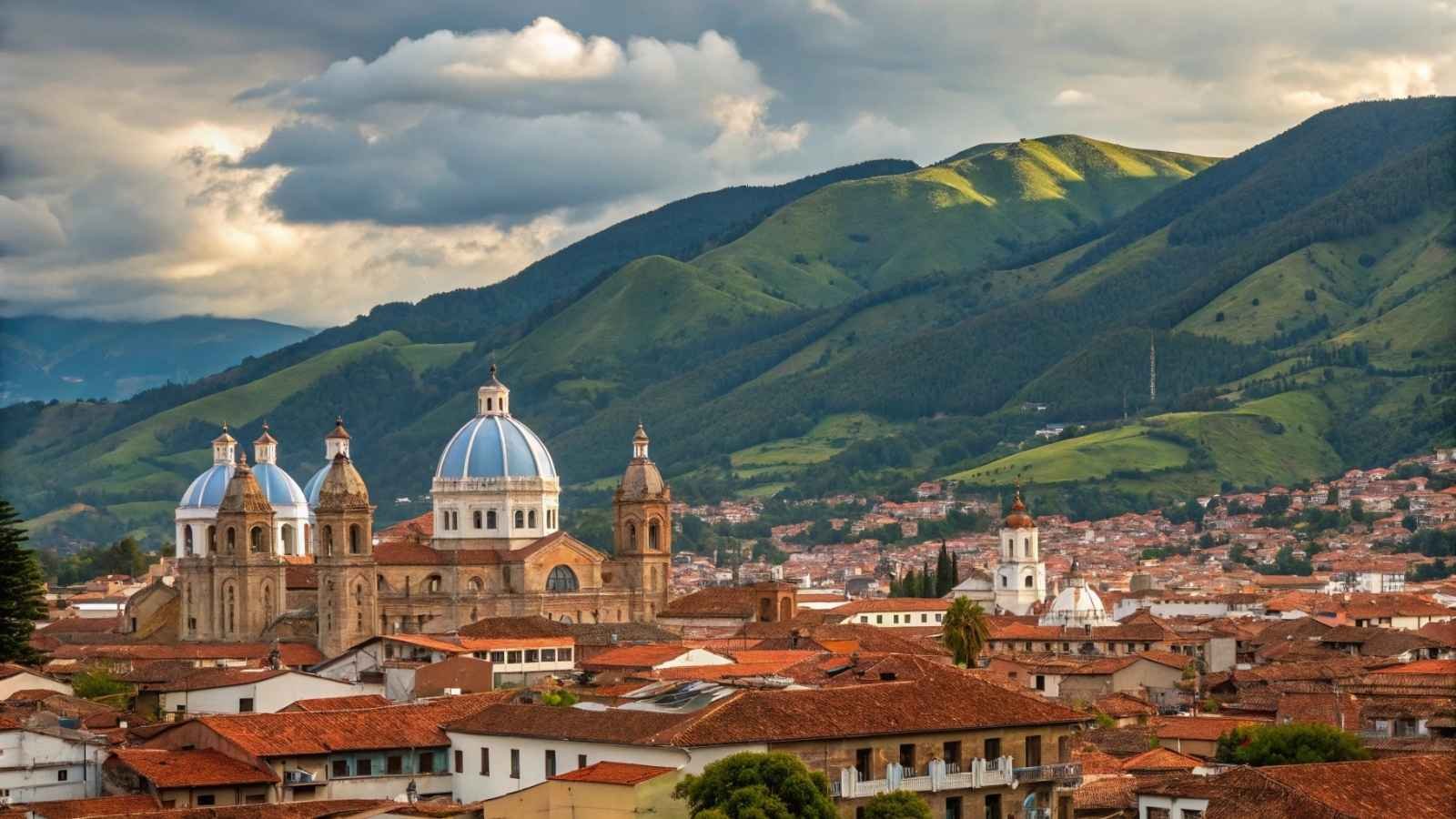
With its red-tiled roofs, colonial charm, and riverside parks, Cuenca might just be the most livable city you’ve never seriously considered. And that’s a shame, because it’s also one of the most affordable gems in South America.
This Andean city offers old-world atmosphere with modern comforts—think cobblestone lanes, craft breweries, and mountain views—all at a fraction of the price you’d expect. Expats and digital nomads love it here for good reason: fast Wi-Fi, safe streets, and a mild climate all year long. Not to mention the fact that a two-course lunch costs less than $4.
But what sells Cuenca is how easy it is to settle into a rhythm. Walk to the market, grab fresh mangoes, sip coffee at a leafy plaza, and feel like you’ve hacked the cost-of-living system. Because in Cuenca, you kind of have.
Quick Facts:
- Best months to visit: June to September (drier and sunnier)
- Currency: US Dollar (official currency)
- Average daily cost: $25–$40
- What makes your budget stretch: Low-cost groceries, free parks and trails, affordable intercity travel
- Insider Tip: Get a Panama hat from its true origin—Cuenca is the actual birthplace of the iconic headwear
14. Sibiu, Romania
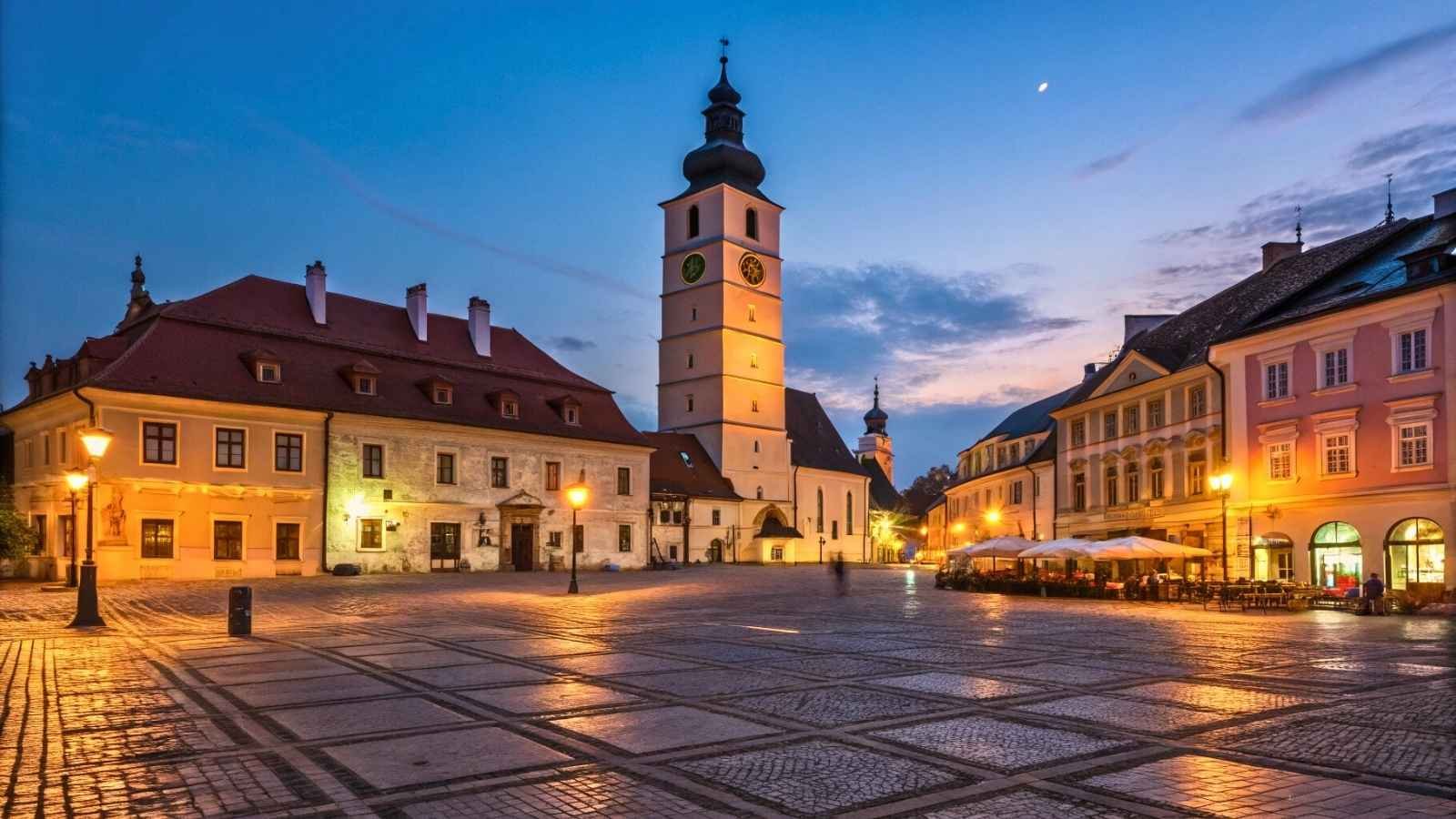
Sibiu is where fairytales accidentally came to life, then forgot to charge entry. Nestled in Transylvania, this medieval town looks straight out of a fantasy movie, complete with pastel buildings, Gothic churches, and narrow passageways leading to nowhere and everywhere at once.
Despite being drop-dead gorgeous, Sibiu remains incredibly budget-friendly. Accommodations in the Old Town often hover around $30 a night, and full meals with wine at cozy taverns rarely hit double digits. Public transport is efficient, museums are cheap, and hikes in the nearby Făgăraș Mountains cost next to nothing—just strap on your boots and go.
There’s an elegance to Sibiu, but it’s not flashy. It’s more about gentle charm, long walks, and coffee on cobblestone patios. For travelers craving beauty on a budget, it doesn’t get much better.
Quick Facts:
- Best months to visit: May to September (pleasant weather and festivals)
- Currency: Romanian Leu (RON)
- Average daily cost: $25–$35
- What makes your budget stretch: Affordable lodging, low-priced cultural events, and no-nonsense restaurant bills
- Insider Tip: Visit during the Sibiu International Theatre Festival—an arts experience with local ticket prices and global talent
15. Colonia del Sacramento, Uruguay
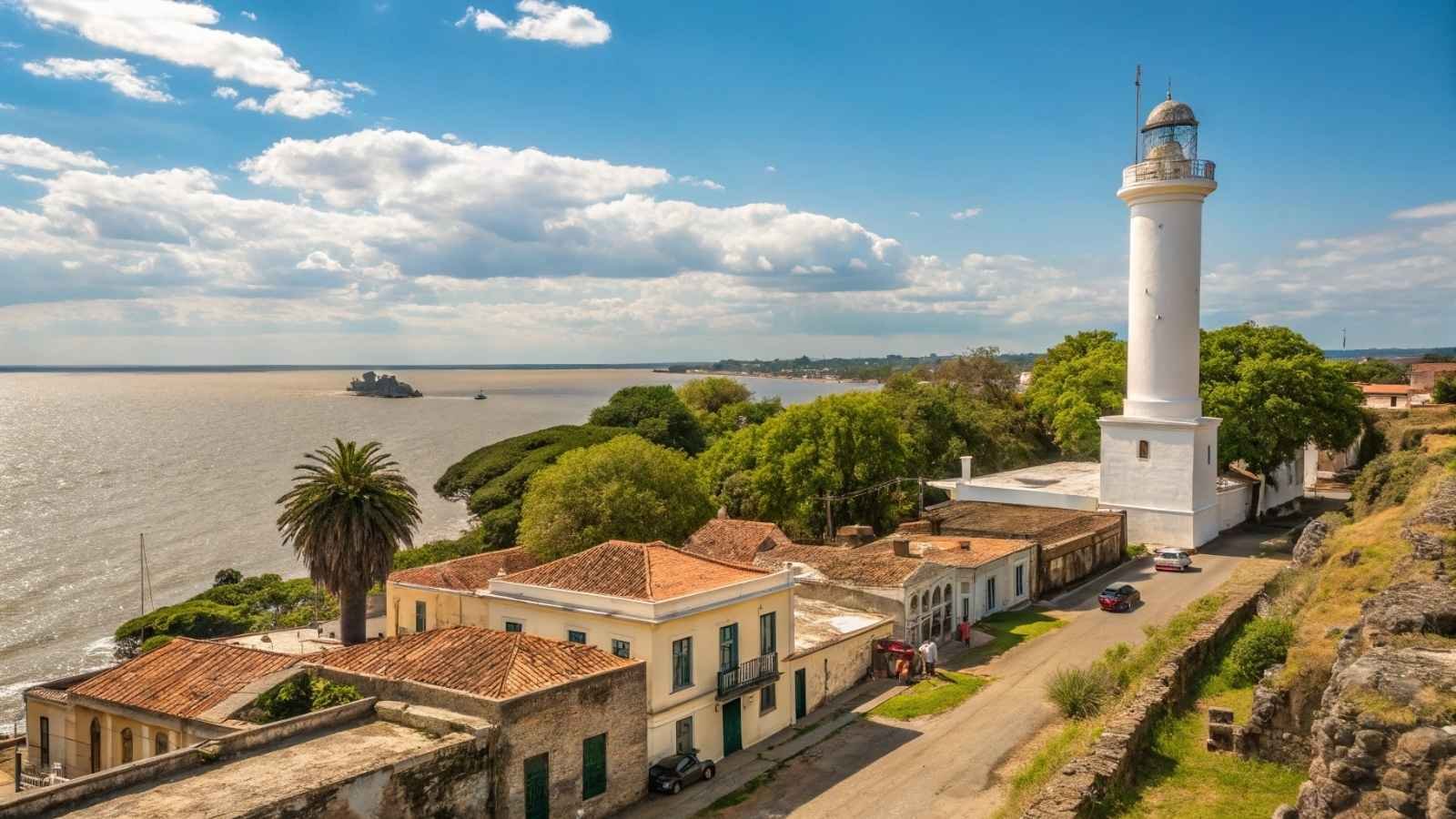
Step onto Colonia’s cobbled lanes, and you’ll feel time loosen its grip. Located just across the Río de la Plata from Buenos Aires, this sleepy colonial port feels worlds apart—quieter, gentler, and wonderfully easier on the wallet.
Colonia has a way of seducing you slowly. Pastel walls crumble just right, vintage cars sit permanently parked, and sunsets paint the river in cinematic hues. Meals in courtyard cafés cost little, and guesthouses with leafy courtyards or sea views can be yours for under $35 a night.
This isn’t a place that begs you to “do” things. It’s a place to be still, breathe deep, and realize that value isn’t just in what you buy, but in what you don’t have to pay for to feel rich.
Quick Facts:
- Best months to visit: October to March (spring/summer)
- Currency: Uruguayan Peso (UYU)
- Average daily cost: $30–$45
- What makes your budget stretch: Walkable layout, free waterfront spots, and a budget ferry from Argentina
- Insider Tip: Use Colonia as a peaceful base and day trip to Buenos Aires instead of staying in the city
16. Taghazout, Morocco
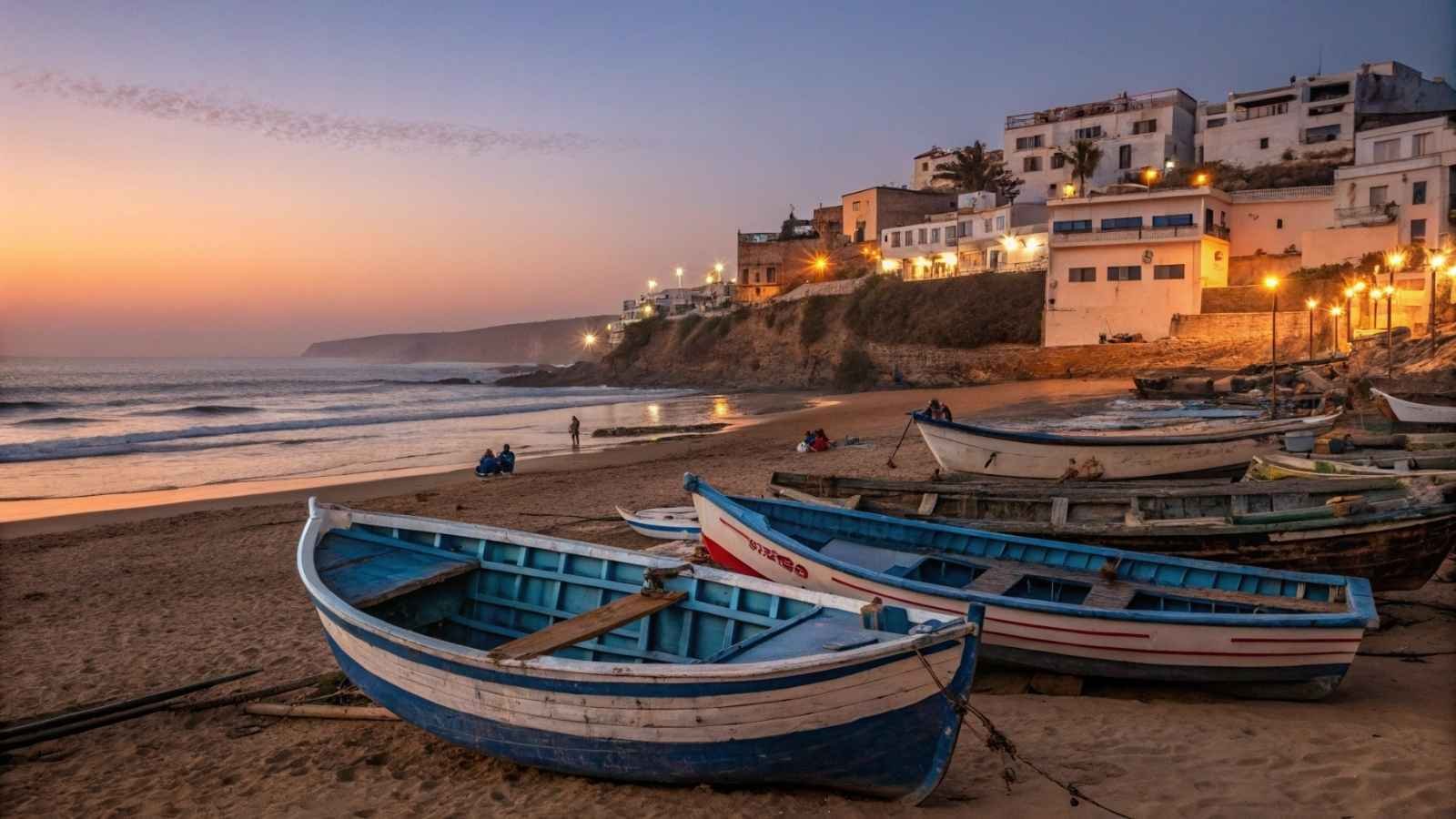
Once a quiet fishing village, Taghazout is now one of the world’s best-kept surf secrets—and still refreshingly affordable. It sits on Morocco’s Atlantic coast, where golden beaches meet chilled-out vibes and tagines sizzle on every corner.
Taghazout is made for travelers who want ocean views without oceanfront prices. You can stay in rooftop guesthouses for $20, rent a surfboard for even less, and fill up on Moroccan pancakes and mint tea for next to nothing. The town is small, but every alley leads to something beautiful: crashing waves, cats sunbathing, or cafés made entirely of driftwood.
There’s also something soothing about the pace here. Whether you surf or not, Taghazout’s rhythms calm the nervous system—and your wallet.
Quick Facts:
- Best months to visit: October to April (surf season and cooler temps)
- Currency: Moroccan Dirham (MAD)
- Average daily cost: $20–$35
- What makes your budget stretch: Cheap local eats, surf camp deals, and affordable beach stays
- Insider Tip: Eat where the locals eat—tiny tajine joints by the sea serve generous portions for under $4






